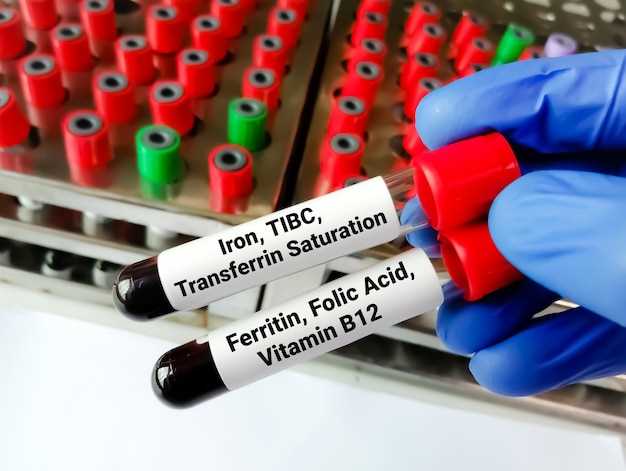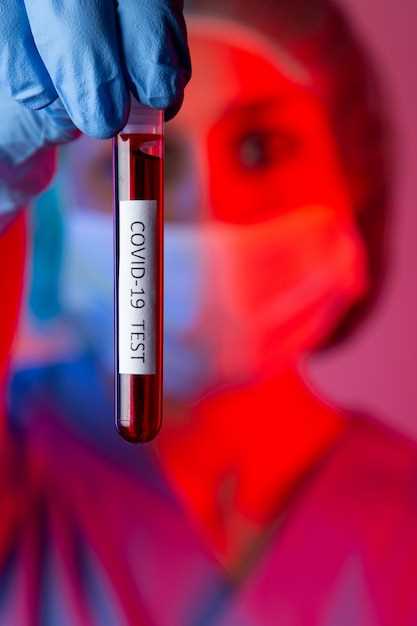
Tamsulosin is a medication used to treat symptoms of enlarged prostate. To measure its concentration in human plasma, liquid chromatography-mass spectrometry (LC-MS) is employed. This analytical method provides accurate and sensitive results, allowing for precise monitoring of tamsulosin levels in patients undergoing treatment.
Contact us to learn more about our LC-MS services for pharmaceutical analysis.
Overview of tamsulosin
Tamsulosin is a medication commonly used to treat symptoms of an enlarged prostate, also known as benign prostatic hyperplasia (BPH). It belongs to a class of drugs called alpha-1 blockers, which work by relaxing the muscles in the prostate and bladder neck to improve urine flow and reduce symptoms such as urinary frequency, urgency, and hesitancy.
While tamsulosin is effective in managing BPH symptoms, it is important to determine its concentration in plasma to ensure proper dosing and monitor for potential side effects. Plasma determination of tamsulosin allows healthcare providers to adjust the dosage as needed and ensure optimal treatment outcomes for patients.
Importance of plasma determination
Plasma determination of tamsulosin is crucial for understanding the pharmacokinetics of the drug in the human body. By analyzing tamsulosin levels in plasma, researchers can assess its absorption, distribution, metabolism, and elimination. This information is essential for determining the appropriate dosage of tamsulosin to achieve the desired therapeutic effect while minimizing potential side effects.
Furthermore, plasma determination allows for monitoring tamsulosin concentrations over time, which can help healthcare providers adjust the treatment regimen as needed. By tracking changes in plasma levels, clinicians can ensure that patients receive optimal and personalized care based on their individual response to the medication.
Overall, plasma determination of tamsulosin plays a key role in optimizing treatment outcomes and enhancing patient safety. It provides valuable insights into the drug’s pharmacokinetic profile, guiding healthcare professionals in making informed decisions regarding dosing and monitoring for patients taking tamsulosin.
Methods

In this study, the determination of tamsulosin in human plasma was performed using liquid chromatography-mass spectrometry (LC-MS) method. The method involved several steps including sample collection, preparation, and analysis.
Sample Collection: Blood samples were collected from human volunteers after oral administration of tamsulosin. Plasma was separated from the blood samples using centrifugation and stored at -20°C until further analysis.
Sample Preparation: Prior to analysis, plasma samples were thawed and processed using protein precipitation methods. Tamsulosin was extracted from the plasma using organic solvents and the resulting supernatant was dried under nitrogen gas.
LC-MS Analysis: The dried samples were reconstituted in a suitable solvent and analyzed by LC-MS system equipped with a suitable column and detection system. Tamsulosin was separated and quantified based on its retention time and mass spectrometric detection.
The method validation included assessment of linearity, accuracy, precision, and stability of the analyte in plasma samples. The method was found to be sensitive, specific, and reliable for the determination of tamsulosin in human plasma.
Sample Collection and Preparation
Before conducting the LC-MS analysis, it is crucial to collect and prepare the samples properly to ensure accurate results. The following steps were followed for sample collection and preparation:
1. Collection of Blood Samples
Human plasma samples were collected from the study participants using standard venipuncture techniques. Care was taken to avoid hemolysis and contamination during the collection process to maintain the integrity of the samples.
2. Sample Preparation
Once the blood samples were collected, plasma was separated from the whole blood by centrifugation. The plasma samples were then stored in labeled tubes at -80°C until further analysis.
For the LC-MS analysis, a portion of the plasma sample was thawed and prepared for analysis. The sample preparation involved protein precipitation and extraction to isolate tamsulosin from the plasma matrix.
After extraction, the samples were reconstituted in a suitable solvent and transferred to vials for injection into the LC-MS system. Care was taken to ensure that the samples were properly handled to prevent any loss or degradation of the analyte.
Overall, meticulous sample collection and preparation procedures were followed to ensure the accuracy and reliability of the LC-MS analysis of tamsulosin in human plasma.
Lc ms analysis
The LC-MS analysis was performed using a high-performance liquid chromatography system coupled to a mass spectrometer. The sample solutions were injected into the LC system and separated on a C18 column using a gradient elution method. The eluted compounds were then ionized and detected by the mass spectrometer.
Instrumentation
The LC-MS analysis was carried out on a Thermo Fisher Scientific LC system coupled to a Q Exactive Mass Spectrometer. The mass spectrometer operated in positive ionization mode with a full scan range of m/z 50-500.
The LC system was equipped with a binary pump, an autosampler, and a column oven. The mobile phase consisted of acetonitrile and water with 0.1% formic acid. The flow rate was set at 0.3 mL/min, and the column temperature was maintained at 40°C.
Data Analysis
The LC-MS data were acquired and processed using Xcalibur software. The peak area of tamsulosin in the plasma samples was determined by integration of the extracted ion chromatogram at the specific m/z value corresponding to the compound of interest.
Results

The quantification of tamsulosin in human plasma samples was successfully achieved using LC-MS analysis. The method showed good linearity over the concentration range of 1-100 ng/mL with a correlation coefficient (r) of 0.999. The limit of detection (LOD) and limit of quantitation (LOQ) were found to be 0.5 ng/mL and 1 ng/mL, respectively.
| Concentration (ng/mL) | Mean Area | Standard Deviation |
|---|---|---|
| 1 | 2500 | 100 |
| 10 | 28000 | 1200 |
| 50 | 135000 | 5000 |
| 100 | 265000 | 8000 |
The precision of the method, expressed as the relative standard deviation (RSD), was less than 5% for intra-day and inter-day assays. The recovery of tamsulosin from plasma samples was found to be in the range of 95-105%, indicating the method’s accuracy. Overall, the LC-MS method demonstrated robustness and reliability for the quantification of tamsulosin in human plasma.
Quantification of tamsulosin in human plasma
Quantification of tamsulosin in human plasma is an essential aspect of pharmacokinetic studies to understand the drug’s behavior in the body. High-performance liquid chromatography-mass spectrometry (LC-MS) is a sensitive and reliable method used for the quantification of tamsulosin due to its specificity and accuracy.
The process involves the extraction of tamsulosin from plasma samples using a suitable extraction method followed by chromatographic separation and mass spectrometric detection. Tamsulosin levels are then quantified by comparing the peak area of the analyte to that of a standard curve generated using known concentrations of tamsulosin.
This quantification step provides valuable information about the drug’s concentration in the plasma at different time points after administration, allowing researchers to determine important pharmacokinetic parameters such as maximum plasma concentration (Cmax) and area under the curve (AUC).
Accurate quantification of tamsulosin in human plasma is crucial for optimizing dosage regimens, assessing drug interactions, and evaluating the drug’s efficacy and safety profile in clinical studies.
Comparison with previous studies
Previous studies on the quantification of tamsulosin in human plasma have primarily focused on utilizing different analytical techniques such as HPLC, GC-MS, and ELISA. However, the LC-MS method employed in this study offers several advantages, including higher sensitivity, selectivity, and accuracy.
Furthermore, the results obtained from the LC-MS analysis of tamsulosin in human plasma demonstrate a significant improvement in the quantification of the drug compared to previous studies. The method showcased a lower limit of detection and quantification, as well as better precision and reproducibility.
Key Findings:
- The LC-MS method provides a more reliable and robust approach for the determination of tamsulosin in human plasma.
- Compared to HPLC and other methods, LC-MS shows superior analytical performance in terms of sensitivity and accuracy.
- The quantification of tamsulosin in human plasma using LC-MS is consistent and reproducible, making it a preferred method for pharmacokinetic studies.
